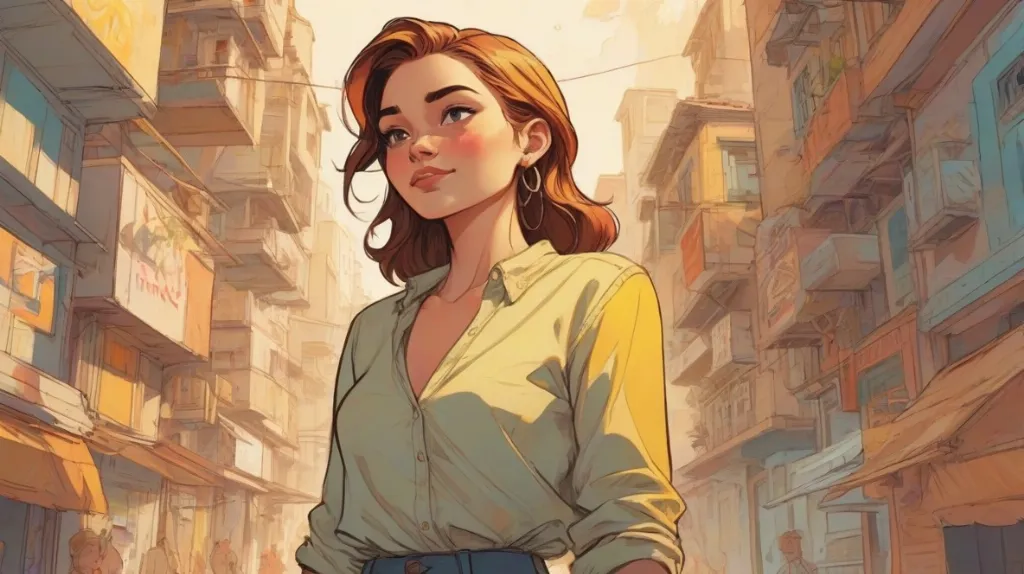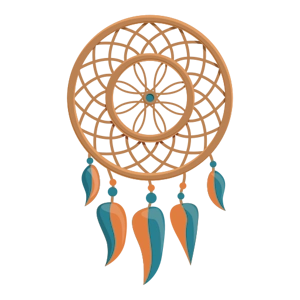What Does It Mean to Dream of Body posture ?
Posted on: November 3, 2024
Last updated: February 20, 2025
Body posture in dreams symbolizes the dreamer’s emotional and psychological state, reflecting feelings of confidence or insecurity. It serves as a mirror to one’s current life situation, with variations indicating different emotional responses. Analyzing body posture can lead to greater self-awareness and understanding of personal challenges.

What does Body posture mean in a dream?
The way one carries their body in dreams can reveal profound insights into their emotional and psychological state. Body posture often reflects the inner feelings of the dreamer, whether it be confidence, insecurity, or vulnerability. For instance, standing tall might indicate self-assurance, while slouching could symbolize feelings of defeat or low self-esteem. The nuances of body language in dreams are essential for understanding the underlying messages that the subconscious mind is trying to convey.
Moreover, the context in which the body posture appears in a dream can add layers of meaning. For instance, if someone is seen running with an upright posture, it may symbolize a strong desire to overcome obstacles. Conversely, if the body is curled up or hunched over, it may indicate a need for protection or a retreat from the world. These variations highlight the importance of interpreting body language within the specific context of the dream scenario.
In many dream books, body posture is associated with various emotions and states of mind. It can serve as a mirror reflecting the dreamer’s current life situation. For example, a relaxed posture might suggest a sense of peace and contentment, while a tense or rigid stance could indicate stress or anxiety. Understanding these connections can provide valuable insights into one’s waking life and emotional well-being.
Ultimately, analyzing body posture in dreams is a fascinating journey into the self. It encourages individuals to explore their feelings and thoughts, often leading to greater self-awareness. By paying attention to how the body is positioned in dreams, one can uncover hidden truths about their emotional state and personal challenges. This exploration can be both enlightening and empowering, offering a deeper understanding of the self and the journey towards personal growth.
Meaning in dream books
Psychoanalytic Interpretations
1. Reflection of Self-Image: Your body posture in dreams can reflect your self-image and how you perceive your place in the world. A confident posture may indicate a positive self-view, while a hunched or withdrawn posture could suggest feelings of inadequacy.
2. Manifestation of Anxiety: A tense or rigid body posture in a dream may symbolize underlying anxiety or stress in waking life. It can be a manifestation of your subconscious mind trying to express feelings of being overwhelmed.
3. Coping Mechanisms: The way you carry your body in dreams can reveal your coping mechanisms. An open and relaxed posture might suggest healthy coping strategies, while a defensive or closed-off posture could indicate avoidance or denial of issues.
Symbolism in Esotericism
1. Connection to Inner Self: The way you hold your body in a dream can signify your connection to your inner self. A relaxed posture may indicate harmony with your emotions, while a tense stance could reflect inner conflict.
2. Energy Flow: Body posture is often seen as a representation of the flow of energy within you. An upright position may symbolize vitality and confidence, whereas slumped shoulders could suggest blocked energy or feelings of defeat.
3. Spiritual Readiness: The posture you adopt in dreams can also indicate your readiness for spiritual growth. An open and expansive posture may suggest openness to new experiences, while a closed or defensive stance could imply resistance to change.
Body posture in different cultural contexts in dreams
In the realm of dreams, body posture serves as a powerful symbol, reflecting not only the dreamer’s emotional state but also their cultural background. In Western cultures, where individualism reigns supreme, the way one carries themselves in a dream can reveal deep-seated beliefs about self-worth and confidence. For instance, standing tall may signify empowerment, while slumping could indicate feelings of inadequacy. This interpretation aligns with the Western emphasis on personal achievement and the societal pressures to project strength and success.
In Slavic cultures, body posture in dreams can carry a more communal significance. Here, dreams are often seen as a reflection of one’s connections to family and community. A dream featuring a relaxed, open posture may suggest harmony within familial relationships, while a tense or closed-off position could indicate unresolved conflicts or the need for reconciliation. The Slavic perspective emphasizes the interconnectedness of individuals, making body posture a mirror of one’s social standing and emotional ties.
Eastern cultures, particularly those influenced by philosophies like Buddhism and Taoism, interpret body posture in dreams as a representation of inner peace and balance. A dreamer who finds themselves in a meditative pose may be subconsciously seeking tranquility and enlightenment. Conversely, a chaotic or contorted posture could symbolize internal struggle or a disconnection from one’s true self. This cultural lens highlights the importance of harmony within oneself and the universe, making body posture a vital indicator of spiritual well-being.
In Oriental traditions, the significance of body posture extends into the realm of energy flow and physical health. Dreams that depict a graceful or aligned posture may suggest the dreamer is in tune with their life force, while a distorted or awkward position could indicate blockages or imbalances in their energy. This perspective emphasizes the holistic connection between the mind, body, and spirit, reinforcing the idea that our physical manifestations in dreams can reveal deeper truths about our overall health and vitality.
Body posture in other contexts of use
Body posture in dreams can reveal much about our emotional state and subconscious thoughts.
Here are 35 contexts of ‘Body posture’ in dreams, each with its own unique interpretation:
Standing tall
Represents confidence and self-assurance in waking life.
Slumped shoulders
Indicates feelings of defeat or low self-esteem.
Sitting cross-legged
Suggests a sense of comfort and relaxation in your current situation.
Falling over
Symbolizes a loss of control or fear of failure.
Curled up in a ball
Reflects a desire for safety and protection from emotional turmoil.
Leaning forward
Shows eagerness and interest in something or someone.
Reclining
Indicates a need for rest or a desire to escape responsibilities.
Walking with a limp
Represents feelings of inadequacy or a struggle with a personal issue.
Jumping
Symbolizes overcoming obstacles or taking risks.
Swaying
Indicates uncertainty or a lack of stability in your life.
Stretching
Represents a need for growth and expansion in your personal or professional life.
Hunched over
Suggests feelings of anxiety or a burden weighing you down.
Arms wide open
Signifies acceptance and openness to new experiences.
Clenching fists
Indicates anger or frustration that needs to be addressed.
Walking on tiptoes
Represents a desire to be cautious or to avoid drawing attention.
Fidgeting
Reflects nervousness or restlessness regarding a situation.
Standing still
Indicates indecision or a pause in your life journey.
Running
Symbolizes a desire to escape from something troubling.
Squatting
Represents humility or a need to get grounded.
Twisting body
Indicates confusion or a need to change direction.
Body facing away
Reflects avoidance or a desire to distance oneself from a situation.
Body floating
Symbolizes a feeling of freedom or detachment from reality.
Body in a cage
Represents feelings of confinement or restriction in your life.
Body in motion
Indicates progress and movement towards your goals.
Body in a dance
Symbolizes joy and the expression of emotions.
Body in a pose
Represents a desire to present yourself in a certain way to others.
Body falling
Indicates a fear of losing control or a significant change.
Body being pulled
Symbolizes external pressures influencing your decisions.
Body being carried
Indicates reliance on others or feeling overwhelmed.
Body in a mirror
Represents self-reflection and the need to evaluate your life.
Body in a crowd
Indicates feelings of being lost or overwhelmed in social situations.
Body in a fetal position
Represents vulnerability and a need for comfort.
Body on the ground
Symbolizes feeling defeated or grounded in reality.
Body in a chair
Indicates contemplation and a need to take a break.
Body in a spotlight
Represents a desire for recognition or fear of scrutiny.
Body in chains
Symbolizes feeling trapped or restricted by circumstances.
Body in a hug
Represents a need for love and support from others.
Body in a pose of power
Indicates a strong sense of self and readiness to face challenges.


Comments posted under the entry: 0
The user must be logged in to comment or view comments.